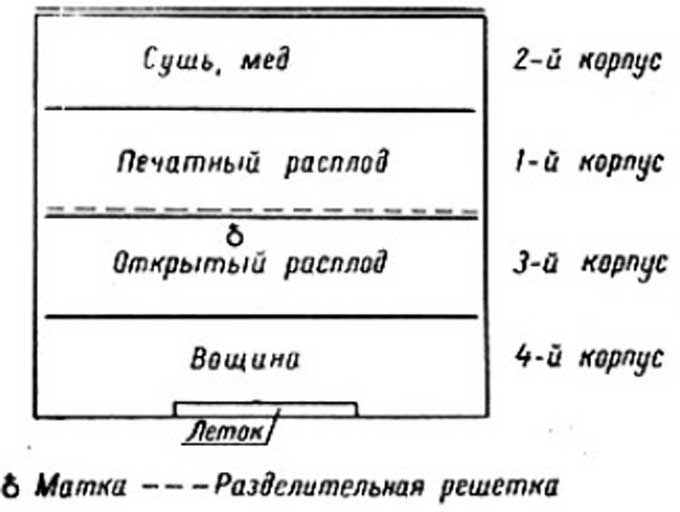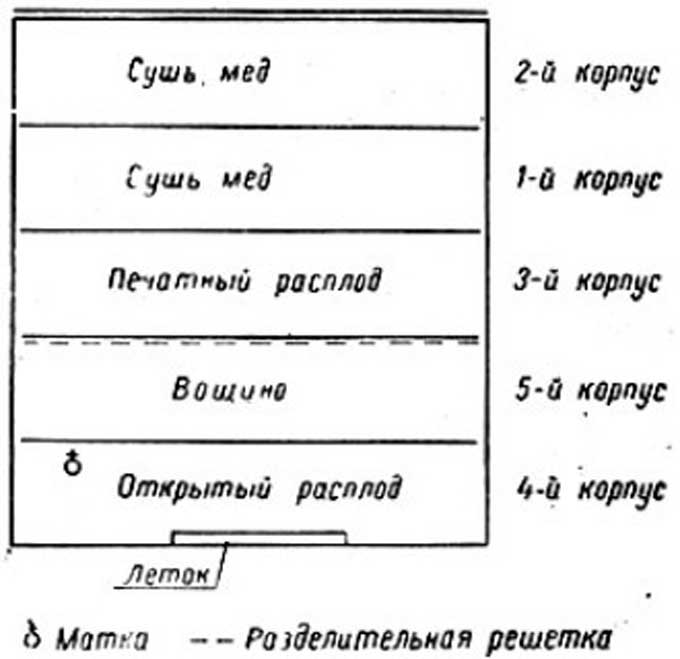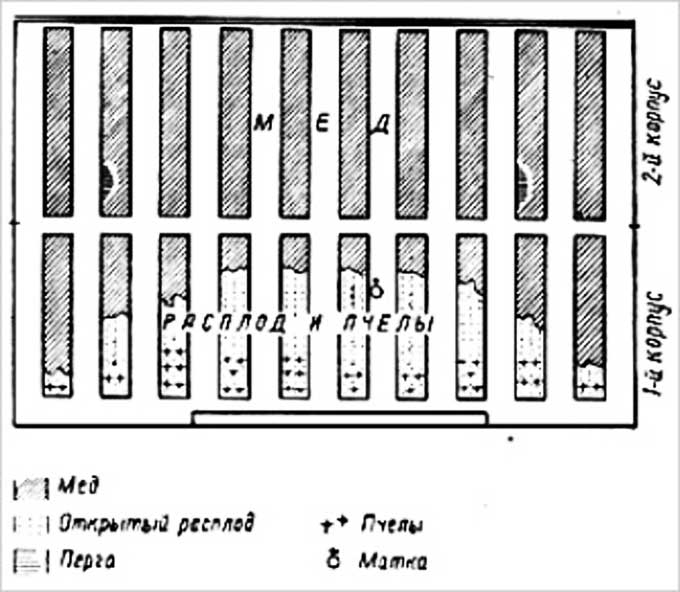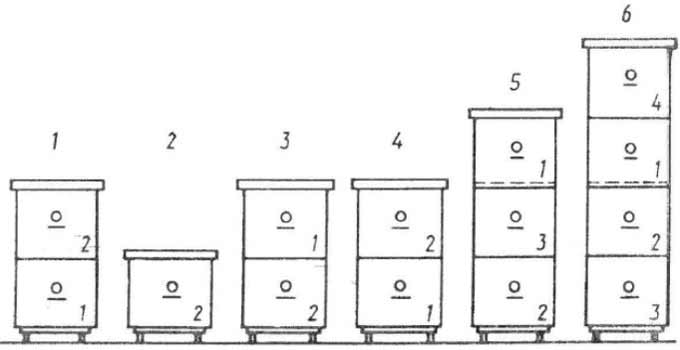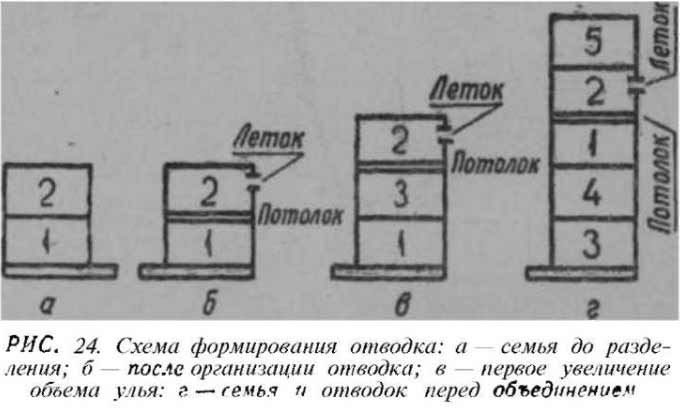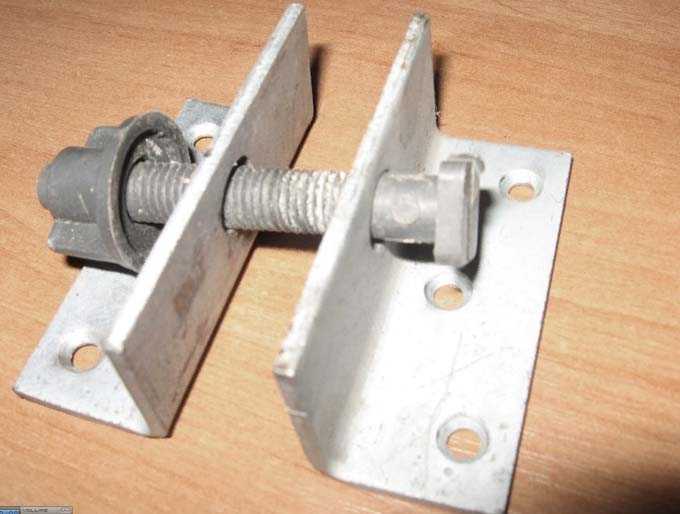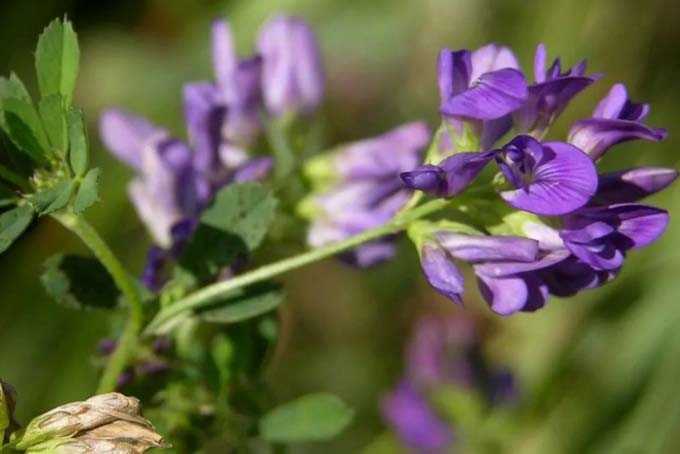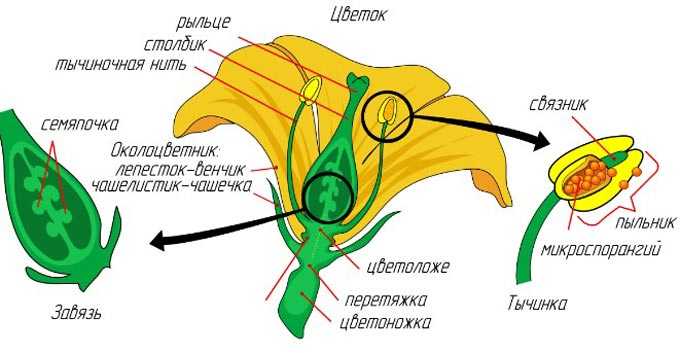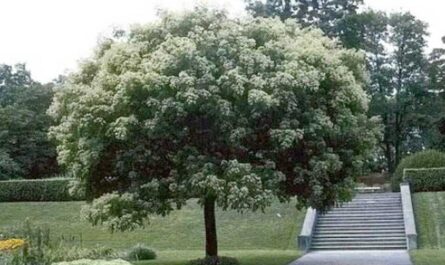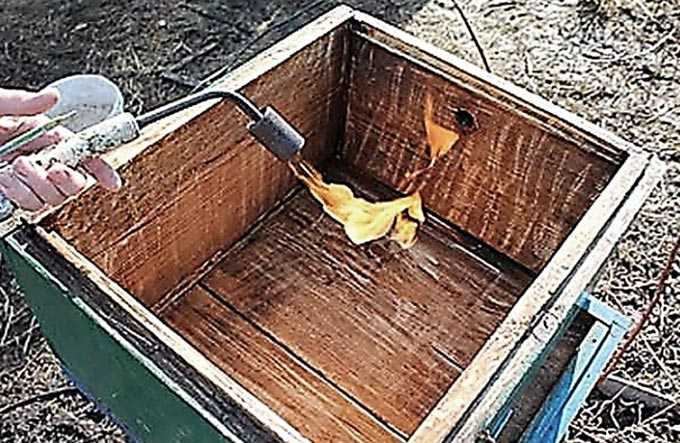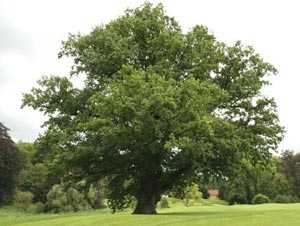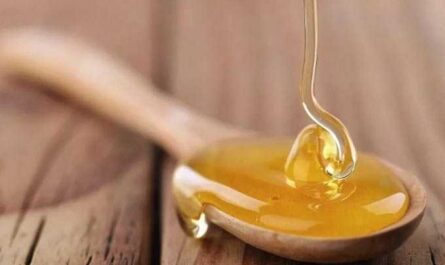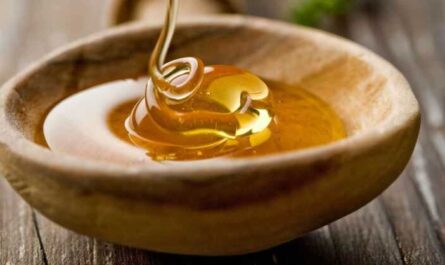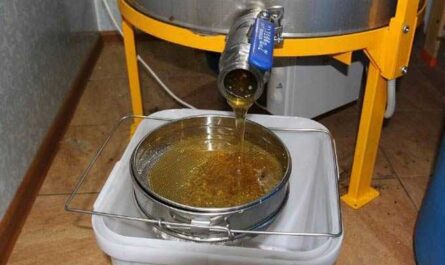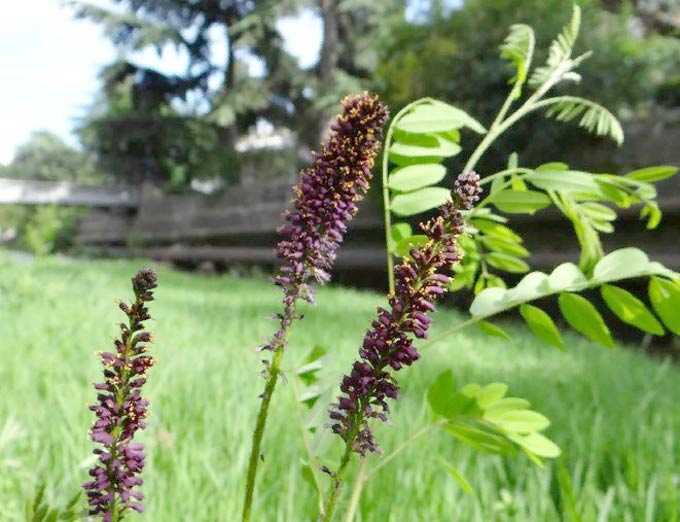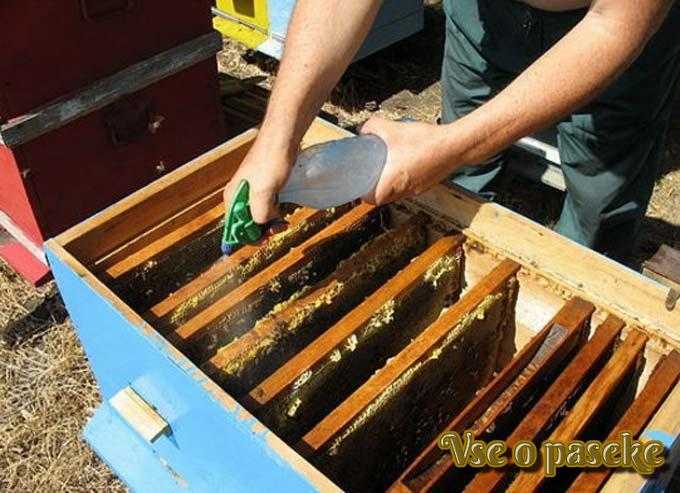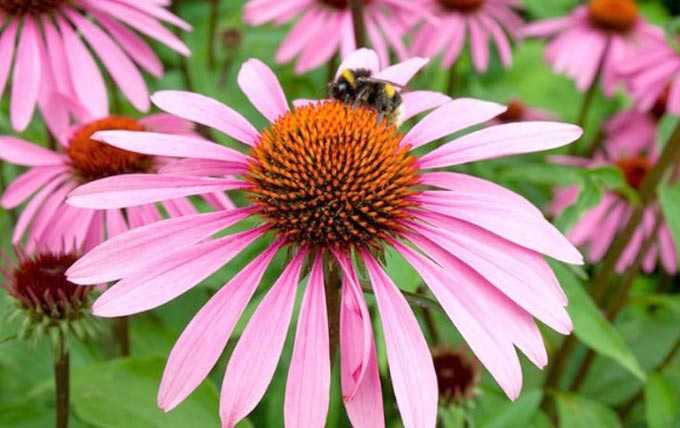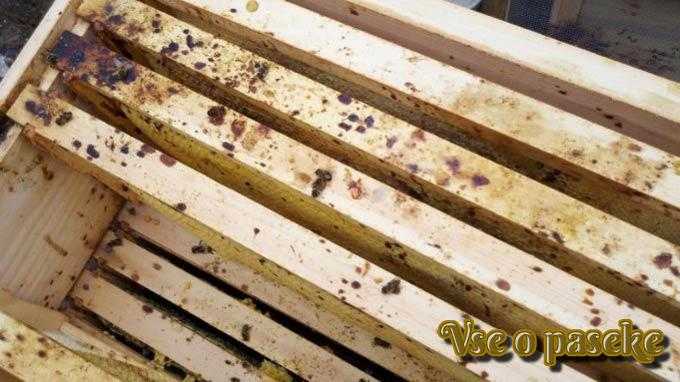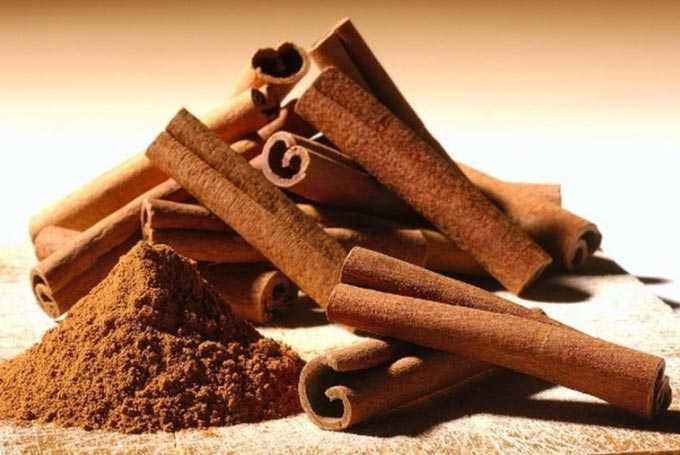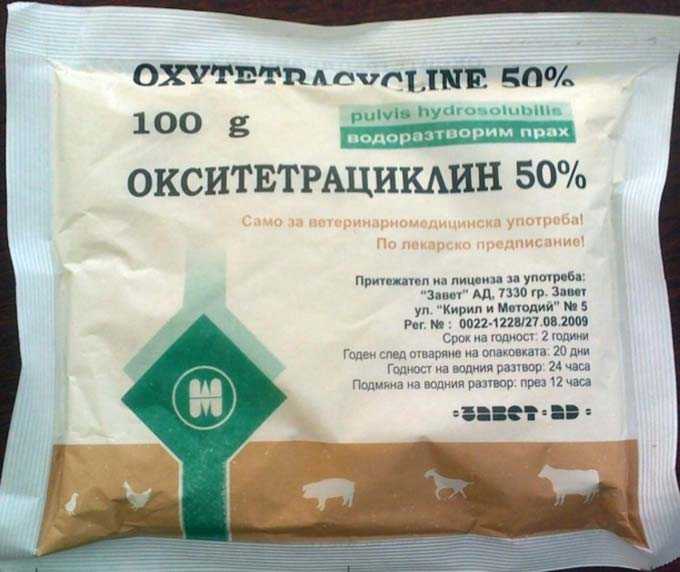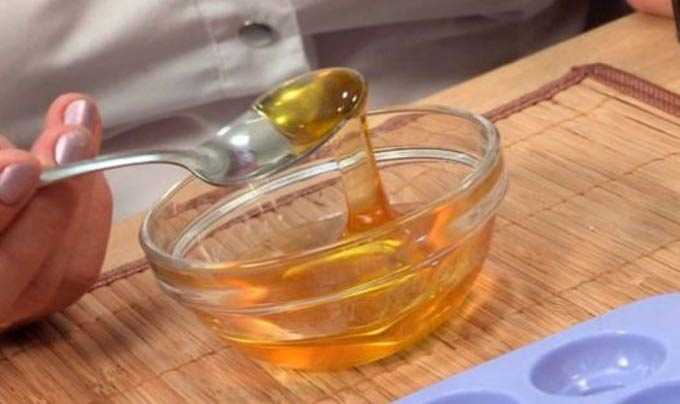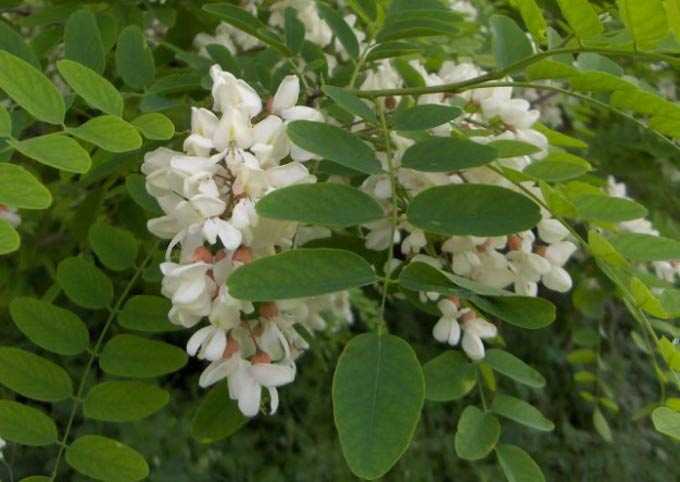Keeping bees in multi-body hives is carried out according to the same basic principles as working with other bee houses. The task of the beekeeper is to grow strong bee colonies that can provide good honey harvest.
To accumulate honey in this design, new bodies are required, installed on the nest from above. You can also use up to three magazine extensions (three bodies and the same number of magazines).
We talked about the device of a multi-hive hive, its dimensions, drawings in a separate article: Multi-hive hives – appearance, design
The content of the article
- 1 Expansion
- 1.1 Second stage of expansion
- 1.2 The third stage of expansion
- 1.3 The fourth stage of expansion
- 2 Pumping and preparation of feed for the winter
- 2.1 Feed preparation
- 3 Autumn cut
- 4 What to do in spring
- 4.1 Features of the spring inspection
- 5 Swarming and layering
- 5.1 Change of uterus
- 5.2 Plague on the uterus
Expansion
The first expansion of the nest in a multi-body hive is carried out after filling the upper body with brood. At the bottom, there are almost no young animals ready to go out at this time.
The expansion is carried out by replacing the housings – the lower one is set up, and the upper one goes down.
The recommended period is from early to mid-May. This job requires warm and sunny weather to avoid chilling the brood in the lower section of the house.
A successful manipulation gives the bee “queen” a place for laying eggs – she willingly goes up. It is noticeably warmer here and there are empty honeycombs.
And in order to exclude the awakening of the swarm instinct, the bees in the upper body are given several frames with artificial waxes. They feed and raise young growth, while rebuilding fresh combs. As you know, the uterus loves the newly built dry land. Insects on such a frame grow large and strong.
By mid-May, the hive looks like this:
Second stage of expansion
After about two weeks, a third body should be installed. This is the second stage of expansion. It is carried out after filling the entire second building with brood frames and entering the lower section of the young stock. At this moment, the house gets crowded.
Recommended dates are the first ten days of June.
The body elements are moved and supplemented as follows:
- Already installed housings are re-swapped – the upper section goes down, and the lower one goes up.
- At the same time, a third building is placed between the two already inhabited sections of the structure.
- In the third building, mainly foundation is installed. Also requires two low-copper opaque frames.
By June 6-10, the bee house looks like this:
At the bottom there is an open, younger brood. Next comes the foundation, since during this period of the year the bees build their honeycombs well. And in beekeeping, their supply for each hive should be at least 40 pieces! There will be a printed brood at the top.
This method of expansion is called breaking the socket. It is used to stimulate the building instinct. Insects worried about the rupture stretch the honeycomb literally in five to ten days.
The third stage of expansion
The development of bees in multi-body hives is quite rapid. Two weeks after the second expansion, the bee houses will need another new housing.
By mid-June, the hive looks like this:
The bottom section containing the mature (printed) brood is placed third in a row. Instead, a new building (the fourth since the beginning of the spring expansion) is placed, completely filled with foundation. Above the printed brood is the dry and honey section. And under it, on the “second floor”, an unsealed brood grows up.
The “Queen” is limited by a dividing grid in two lower housings. This method, along with the installation of foundation exactly in front of the lower tap hole, is an effective anti-attack technique. It also contributes to the rapid increase in the strength of the bee colony.
At the same time, fresh honey quickly accumulates in the two upper sections of the bee house, because the first half of June is a period of rapid flowering of wild and garden plants.
The fourth stage of expansion
Two weeks later, another rearrangement of the buildings is undertaken. Recommended dates are before the beginning of July. You can focus on the beginning of the flowering of sunflower.
This is how the hive looks after the next stage of expansion:
The printed brood, together with the third section, rises above the dividing grid. Instead of it, second from the bottom, a new body with foundation is placed.
Note: If the strength of the bee colony is insufficient, the uppermost housing can be removed before the start of the main honey collection, which usually lasts from the first decade of July to September.
The presence of honeycomb in a bee house plays the same role as in spring – it distracts insects from swarming, mobilizes them for construction, and the “queen” for laying fresh eggs. After the installation of the fifth body, the uterus continues to work in the two lower sections. This serves to restrict masonry, but at the same time does not prevent the family from maintaining strength.
All sections of the hive above the dividing grid will be completely filled with fresh honey.
Pumping and preparation of feed for the winter
Pumping of marketable honey is carried out in stages. The frames, freed from the product, are installed downwards, above the dividing grid. The unsealed honeycombs move higher – to the lid of the house, which allows the honey to ripen well.
This process is continuous – it lasts until the end of the intensive collection of nectar, that is, in many regions until the beginning of September.
Note: The sixth building is installed only with heavy and prolonged bribes! It can be filled with foundation or ready-made dry matter, if by this period its reserves are all in the apiary.
Feed preparation
When preparing food frames, bees can be scared off with a cloth soaked in a weak solution of carbolic acid.
To do this, the fabric is stretched over the frame, moistened in a solution and applied to the honeycomb for two or three minutes, along which the bees crawl. Insects quickly move to the bottom of the bee house.
The vacated frames filled with flower honey are stored in the warehouse until winter. They are installed in free enclosures.
Autumn cut
The decrease in the volume of the hive is carried out as the honey yield decreases.
Hulls are gradually being removed. In the process of preparing for wintering, two sections should remain – the lower nesting section and the upper one filled with forage frames.
The third body, if there are no brood frames in it, is removed. If brood is present, feed is displayed on the “third floor”.
Note: All work on the fall reduction must be completed by mid-September!
View of the bee house in mid-September:
The upper section contains ten feed frames, which is twenty kilograms of honey. Two of them must contain bee bread! Bee bread will come in handy for the family in March, when the “queen” begins the first clutch.
Placing the food at the top, above the club, allows it to be kept warm and sufficiently moist. As the food supplies are consumed, the club moves to the upper part of the house.
Important! Preparing bees for winter in a multi-hive hive is very convenient for the beekeeper. No special assembly of the socket is required. It is enough to install the sealed honey frames on top, prepared in the summer and stored up to this moment in the warehouse.
What to do in spring
After the exhibition, the usual inspection of all bee colonies and cleaning of the houses is carried out from the winter house.
Note: If a nest comes out of wintering in an unsatisfactory condition, it must be cut down.
To do this, the upper body is removed and put down, and the lower one is temporarily removed. Installation of the second body on the hive is carried out after filling the lower section with brood (up to 6-7 honeycomb frames) – the lower section removed before this is returned to its place.
If a supporting bribe has appeared in nature, the second building is filled not only with dry land, but also with half foundation. Covering frames must contain honey.
A warming mattress must be spread on the ceiling boards!
Note: In the period of the first spring heat, you can switch to a multi-hull beekeeping system, if the beekeeper has used other hives before.
To do this, the combs of the resettled bee colony are cut from the bottom by 7 cm. In the future, the nest is expanded with reduced-size frames, that is, with dimensions of 435 by 230 mm.
Features of the spring inspection
The multi-hull system has a number of features that should be taken into account in the spring:
- Inspection or revision, familiar to many beekeepers, is not required! The state of the bee colony is easily determined without going through the honeycomb frames manually – everything is visible when rearranging the bodies.
- It is also not necessary to clean the frames during examination. All cases are prepared with a set of honeycomb frames in advance.
- The bottom of the overwintered bee houses are replaced with spare ones within 1-2 days after the exhibition from the winter house. They sweep away debris and dead water, and then clean the dirt and rinse with hot water with dissolved alkali. After drying in the sun, such a bottom is ready for use – it can be installed in any family that requires spring cleaning of the house.
- The expansion is carried out depending on the weather and the strength of the bee colonies. To set up the second body, it is necessary that there are at least 6-7 frames with brood in the nest.
- Stimulation of egg clutches with sugar syrup is carried out not earlier than mid-April and lasts a month – until mid-May.
Swarming and layering
Swarm instinct is the natural state of a bee colony suffering from overcrowding. You can fight it by expanding nests or getting new families.
Layers in multi-body hives are made by dividing the bee colony or using swarm energy.
Two bee colonies get along well in one house. They are separated by a bottom made of plywood, and the hulls are turned with tap holes in different directions.
Here is one example of using this method in practice:
- When swarms appear, 1-2 of them are left, and the “queen” is removed to the “second floor”. A plywood bottom (diaphragm) is installed and the housings are turned in different directions. This is done at the beginning of the flowering of acacia.
- After the flowering of acacia is completed, honey is pumped out of the lower building with a young family. And the upper family with the old “queen” is given one more building with dry land.
- After the sunflower blooms, layering is made on the old uterus. The diaphragm is removed to combine the sockets. Another body with dry and foundation is issued.
- In the fall, the layering joins the maternal family with a young “queen”.
Change of uterus
To suppress the swarm instinct in the summer, it is used:
- enhanced and timely expansion of nests;
- limiting the worming with the help of a dividing grid for the period of the main honey collection, which allows saving fodder stocks and increasing the yield of marketable honey;
- annual change of “queens” during the summer restriction period (no need to form separate cores).
Replacement juices of “queens” (extraction of the old uterus and installation of the mother liquor):
- a week before honey collection with a weak bribe;
- at the beginning of honey collection with an average bribe;
- in the middle of the honey collection with a long and strong bribe.
The advantages of such a replacement are obvious. There is enough brood in the nests by autumn. Insects tolerate wintering well, and do not tend to swarming in the spring.
Plague on the uterus
This method is good if the bee colony has already entered a swarm state.
The bee house with the family, already ready for natural resettlement, is moved to another place. Instead, a pre-selected nest with a queen and brood is placed. Flying bees return home in the evening – there is a raid on the queen. As the colony develops, a section with foundation and dryness is placed on top.
In a family ready for swarming, all queen cells except one or two are removed. Here is the conclusion of the young “queen”. Later, with the onset of the main honey collection, both hives can be combined, having previously removed the old uterus.
Keeping honey bees in multi-hull huts reduces the time spent on maintenance, which allows two beekeepers to look after 150-200 bee colonies. This technology is practiced in advanced apiaries and large beekeeping farms, as the most profitable and efficient.


